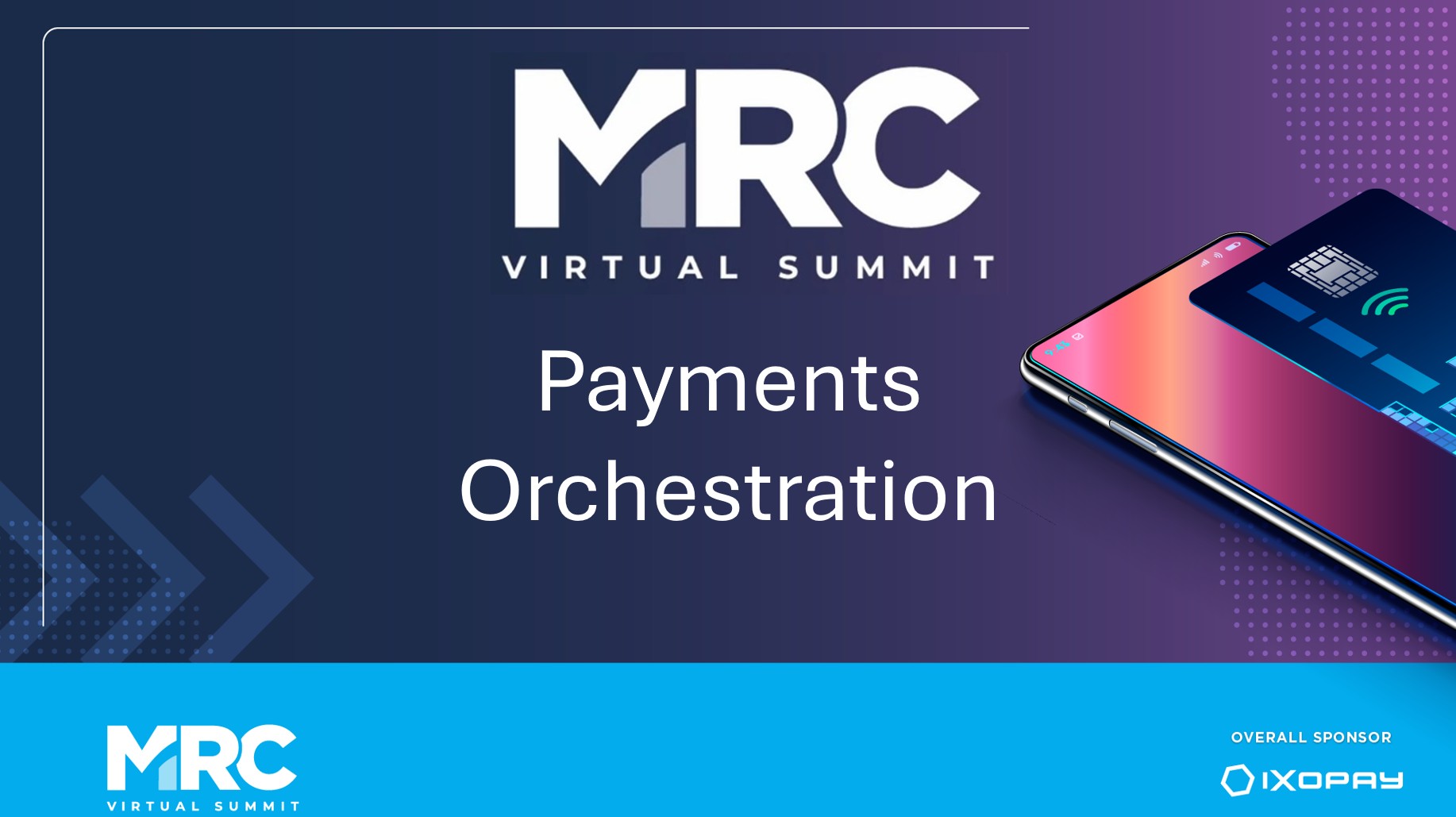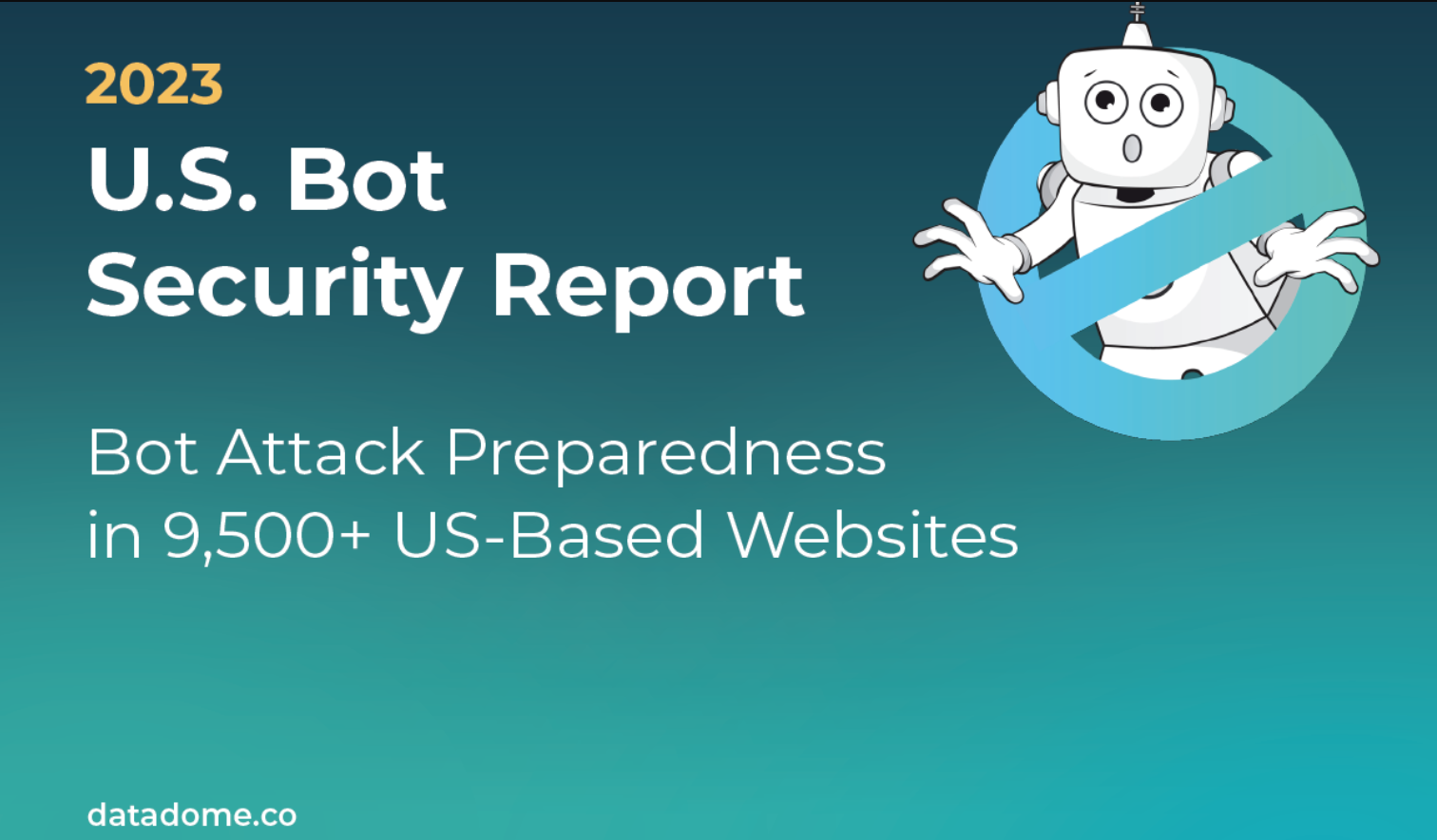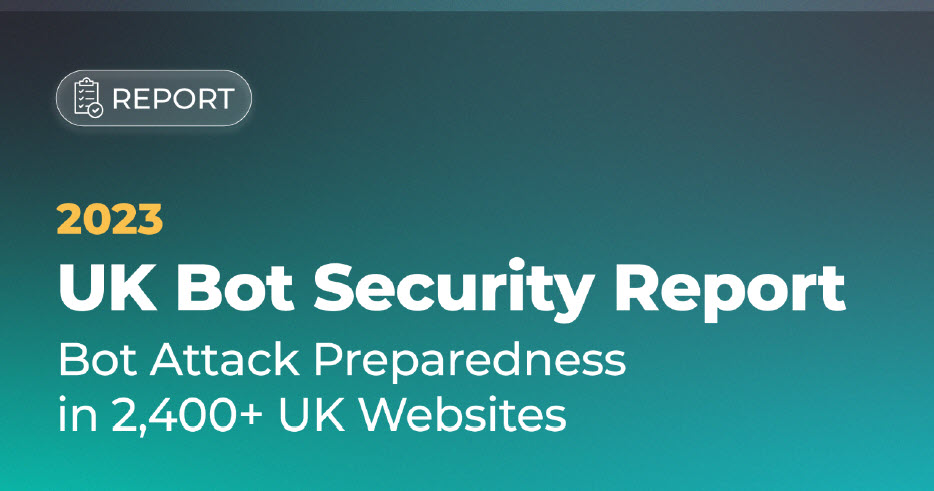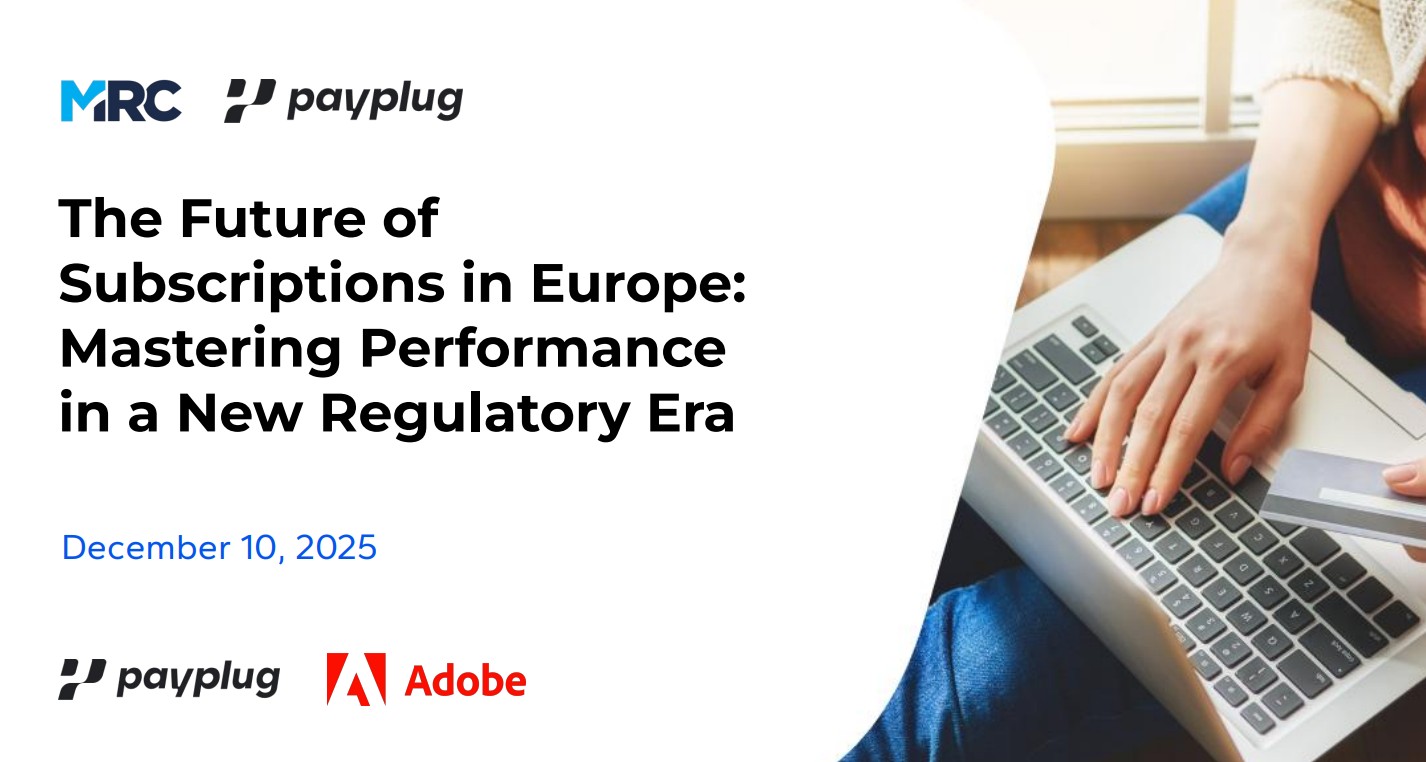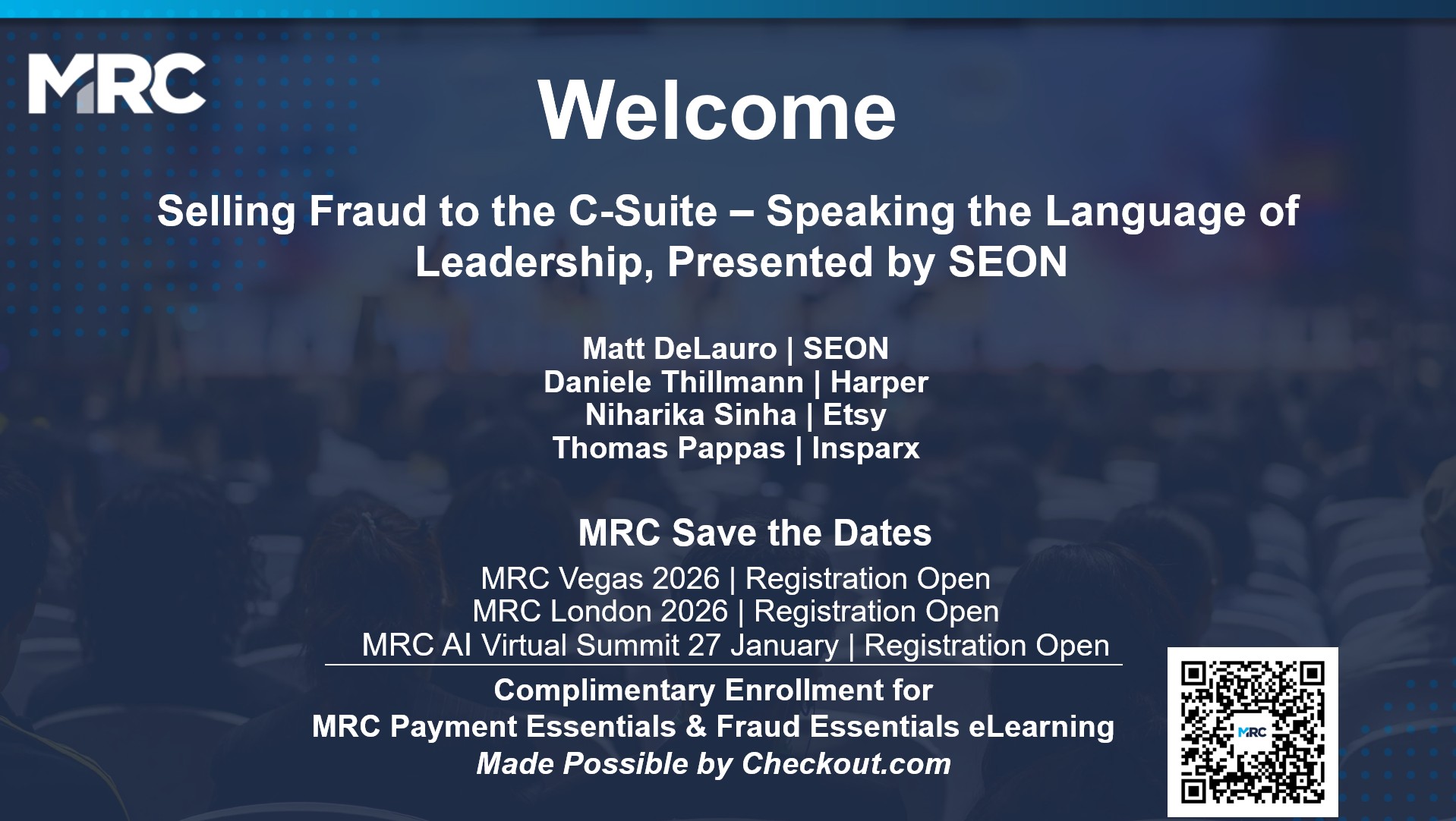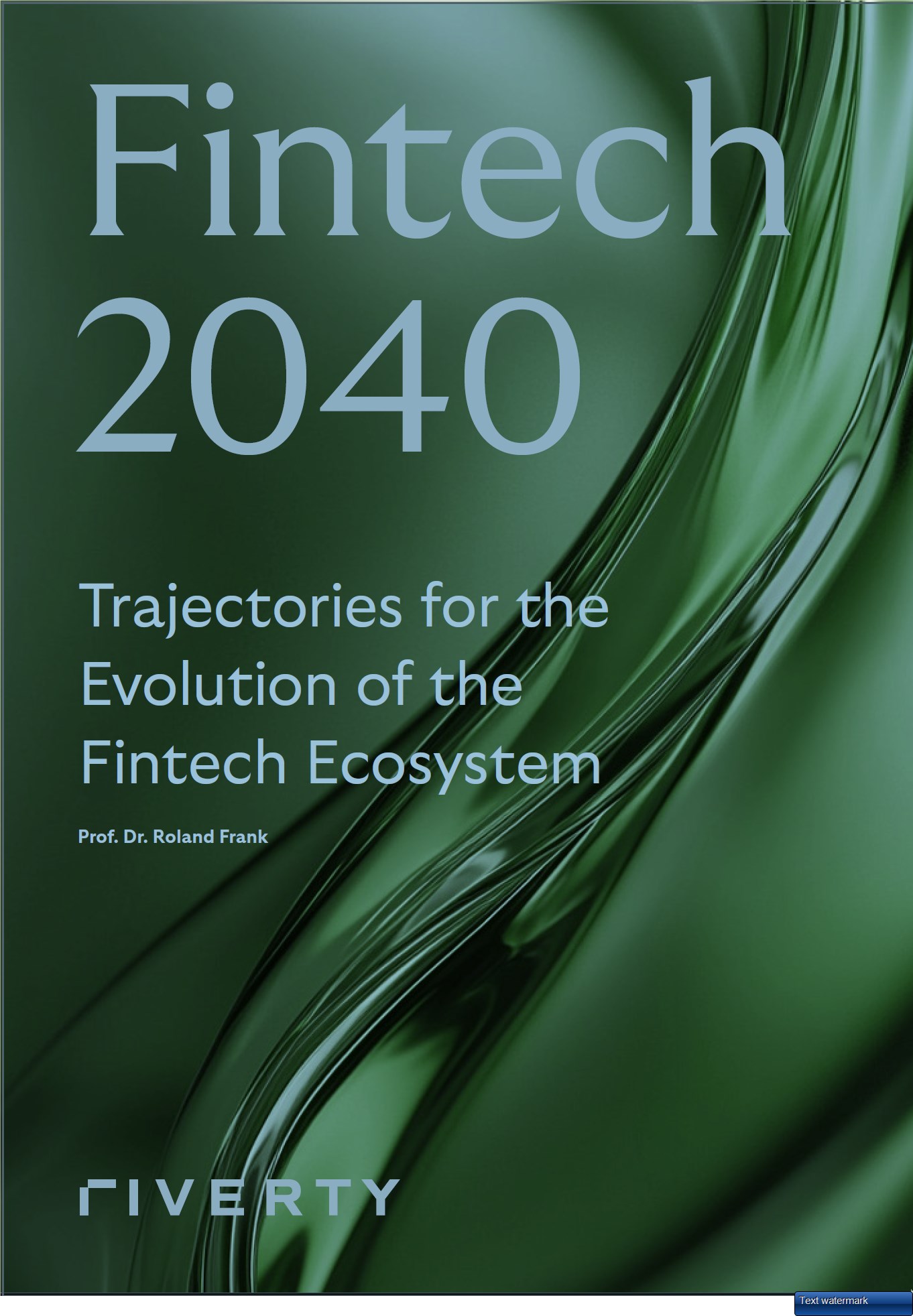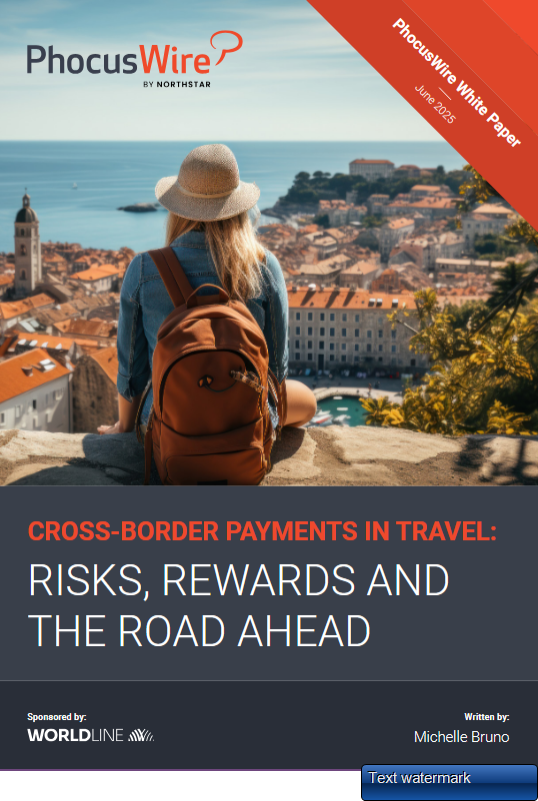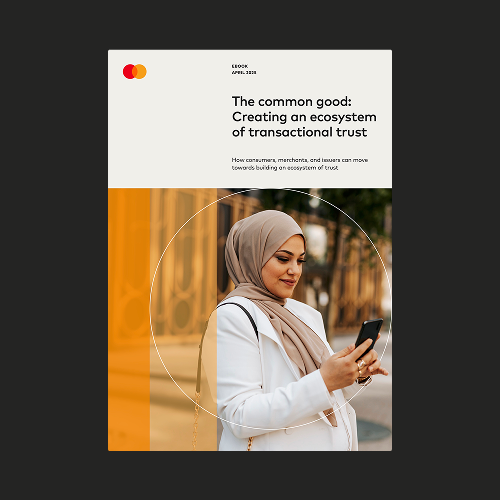Know Thy Enemy: A Guide to Bad Bots in eCommerce
Fraud
Attack Types
Abuse
Account Takeover
Botnets
New Account Fraud
Ori Tabac and Ido Rozen -- SecuredTouch
Nov 08, 2020
Whitepapers
While some bots may be perfectly harmless or are in fact beneficial, others are contemptible and can wreak havoc on eCommerce businesses. This whitepaper describes why and how so-called bad bots represent such a serious hazard, then showcases four fraud vectors which bots can either cause or exacerbate. SecuredTouch closes the paper by briefly exploring how leveraging user behavior can pinpoint problematic activity and ensure legitimate shoppers can transact freely.
Some content is hidden, to be able to see it login here Login

Host a Webinar with the MRC
Help the MRC community stay current on relevant fraud, payments, and law enforcement topics.
Submit a Request
Publish Your Document with the MRC
Feature your case studies, surveys, and whitepapers in the MRC Resource Center.
Submit Your Document



